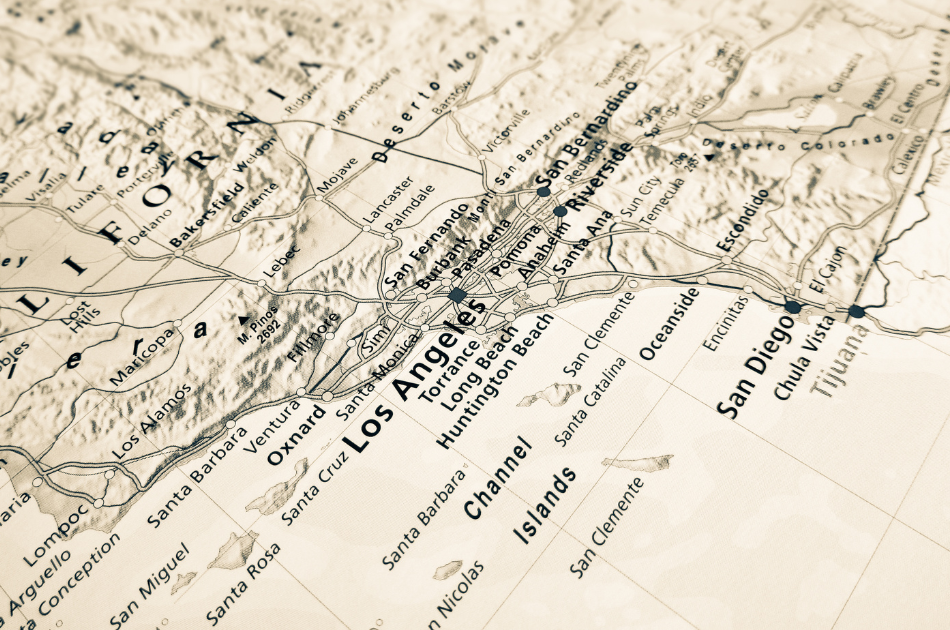In the sand sits a blue truck. Beside it, bulging sacks wait to be loaded. In a field near the village of Buena Vista in southwestern Bolivia, the quinoa harvest is in full swing. Men lay cut stalks on the ground so they can run over them with the truck. Then they separate the grains from the flattened plants using a wooden box with a screen bottom. Some of the farmers have brought their wives; the women scatter the sifted quinoa onto a piece of canvas from a height of several feet so the wind will separate the grains from the last fragments of plant. Meanwhile, children play in the field, and a baby sleeps on a blanket.
“The harvest is good this year,” says Dionisia Lutino, who’s here with her husband. Dressed in a wide skirt and the bowler hat favored by all local women, she puts the quinoa grains into a jute sack. “There’s been a lot of rainfall,” says Lutino, who estimates the yield is quadruple that of last year. They’ll sell the quinoa to the farmers’ cooperative ANAPQUI for about 13 bolivianos ($0.82) a pound—more than double the price of a few years ago. She smiles. “There’s plenty of demand for quinoa,” she says. “Whatever we produce we’re easily able to sell.”
Droughts in recent months have caused corn and grain harvests to fail in the U.S. and other countries. Food prices are rising on the world market, causing financial problems, especially for urban populations in poor countries. Other, lesser-known crops that require relatively little water are part of the solution, according to the UN. Expectations run high for quinoa, a nutritious plant that’s also known as goosefoot. “It is a crop with high potential to contribute to food security in various regions worldwide,” according to a recent report by the UN’s Food and Agricultural Organization (FAO). The UN has dubbed 2013 the International Year of Quinoa. The idea isn’t that far-fetched: Quinoa could soon come to play a key role in the global food supply, particularly in Africa.
Quinoa, part of the Chenopodium genus, is a traditional crop that’s been used for thousands of years in South America. It’s packed with amino acids, proteins and minerals, and it’s gluten-free. Nutritionists say quinoa can serve as a complete meat replacement. It needs little water to grow and can be cultivated even in the semidesert of Bolivia, which can receive less than eight inches of rainfall a year. The plant produces its own insect repellent, meaning it needs fewer pesticides. The Incas called quinoa “the mother of all grains.” Though it resembles a grain, the plant is in fact a relative of spinach.
It’s harvested mainly on Andean plateaus; one of the main growing regions is the Bolivian Altiplano, which has an average altitude of 10,000 feet. Exports from the country, the biggest producer after Peru, rose by 36 percent in 2011 to a value of more than $64 million. Farmers in Bolivia—South America’s poorest nation, according to UN statistics—have seen their incomes rise accordingly. Interest in quinoa is increasing in Europe and the U.S. Quinoa is often available in stores like Trader Joe’s and Whole Foods and in the natural foods section of large supermarkets like Costco.
The FAO is researching quinoa cultivation in other parts of the world. Its leaders see potential “especially in those countries where the population does not have access to protein sources or where production conditions are limited by low humidity, reduced availability of inputs and aridity,” the FAO’s Alan Bojanic wrote in last year’s report, Quinoa: An Ancient Crop to -Contribute to World Food Security.
Only the hottest agricultural areas, such as large parts of the African Sahel region, present no opportunities to introduce -quinoa successfully. Otherwise, the possibilities are endless. The crop can tolerate several degrees of night frost, though not temperatures over 90 degrees. The seeds like water but require less than corn and grain. Once they’ve germinated, they thrive best in dry conditions.
Kenya is one of the countries that have seen successful experiments with quinoa. East Africa benefits from a milder climate than West Africa because of higher altitudes. The Kenyan test fields achieved a yield of 3,570 pounds per acre, considerably higher than the average crop in South America. The plant can also be grown in other East African countries, such as Ethiopia. Outside Africa, quinoa has proven it can do well in countries like India and the U.S.
Bolivian president Evo Morales wastes no opportunity to draw attention abroad to quinoa’s unique properties. The International Year of Quinoa was his idea, and the FAO recently named him a special ambassador. As Bolivia’s first Indian leader, Morales regards quinoa as part of the national heritage. He likes to point out that the Spanish colonizers tried to make farmers grow grain instead of quinoa from the 16th century onward. It was only after NASA discovered that the plant worked well as astronaut food that it begin to make a comeback.
Farmers in Bolivia are profiting from the world’s interest in quinoa. “Life in the countryside is getting a new boost,” says Primo Lucas, head of the village council in the mountain hamlet of Huanaque. “For decades, life was very hard for farmers, but now quinoa cultivation is bringing new opportunities.” Lucas switches the light on in Huanaque’s new community center—the village recently installed solar panels. “Almost everyone here has seen their lives improve in the last few years,” he says.
Almost all the houses in Huanaque, which has only a few hundred residents, are made of boulder, with thatch roofs. A herd of llamas grazes in an open space. Bred for slaughter and for their wool, the animals serve as a primary source of income for local farmers, along with quinoa.
New pieces of farmland in the mountains around Huanaque have been brought under cultivation in recent years. President Morales has set up a special credit fund to expand quinoa cultivation to 494,000 acres from the current 124,000. Interest among farmers is so great that clashes over farmland are on the rise. In April, the army sent hundreds of troops to restore order after people sustained injuries in fights between two plateau farming communities.
Not all of the experts are optimistic about quinoa’s potential to improve global food security. “It’s complicated getting farmers to switch over to new crops,” says Ken Giller, a professor of plant science at Wageningen University in the Netherlands. “They’d rather plant crops they’ve known about for generations than new ones that haven’t proven themselves yet.” Giller says he understands their reluctance. “That conservatism isn’t negative per se. New crops often produce good results at first. But a few years later, things go wrong, partly because it takes a while for plant diseases to reach maturity. How quinoa farming will work out in practice in other parts of the world is still far from clear.”
What is certain is that the introduction of South American crops elsewhere has led to impressive results in the past. The potato, which originates on the same Andean plateaus as quinoa, is one of the -best-known examples. The Spanish took the tuber home with them in the 16th century, greatly increasing food security in Europe. Persistently recurring famines ended, thanks to the potato. In the coming years, the world will find out whether quinoa can start a food revolution of its own.
By Gerbert van der AA
photograph: Patrick Escudero/hemis.fr/HH











